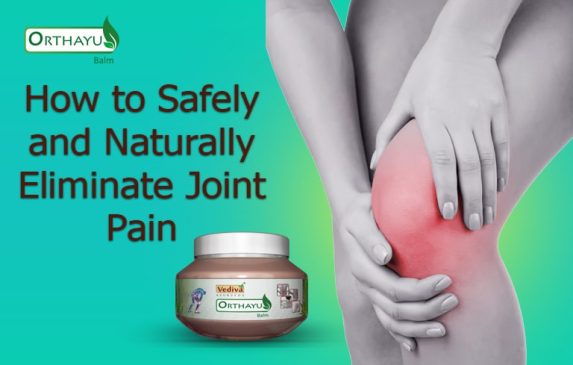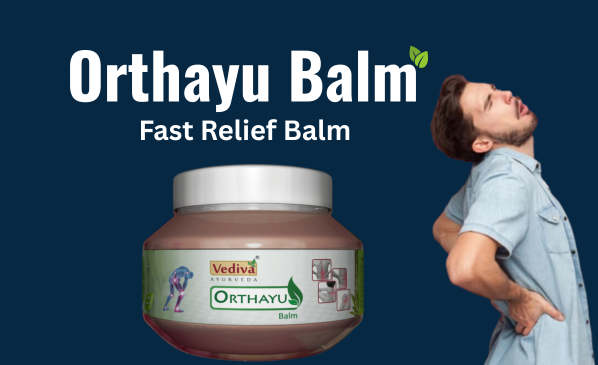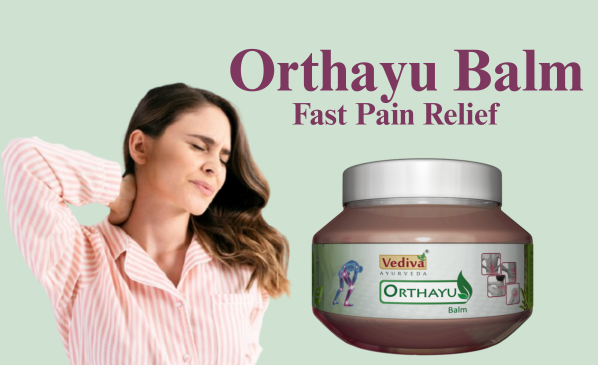How to safely and naturally eliminate Joint Pain
Joint pain can start as early as your 20s if you grew up playing sports. Regardless of what your lifestyle may look like, taking care of your joints should be a high priority. This article gives information about how to eliminate joint pain naturally.
It starts with regular activities
Cleaning the house, playing with the kids, training sessions and aerobic classes every week can really take a toll on your joints. If you exercise regularly and suffer from joint pain, then you may notice your performance starting to suffer. Athlete or not, we all push ourselves to some capacity and if we fail to listen to our bodies, especially our joints, the consequence could lead to serious long-term damage.
Depending on the severity of your joint symptoms, caused by either an underlying disease or other ailments, there are natural solutions to treat and prevent unwanted joint pain. Regular exercise, stretching, a clean diet and maintaining a healthy weight are some of the most obvious solutions that come to mind. But do you know which foods you should be eating? Do you know which exercises you should be doing? Are you sure you’re supplementing with the right vitamins and minerals? These are all factors to take into account in treating and preventing joint pain that affects millions every day.
Symptoms of Joint Pain
Injury that affects the tendons, cartilage, bones, ligaments or bursae can cause joint pain. Pain can also be caused by infection or disease. Some of the symptoms associated with joint pain can be
- Swelling of the joints
- Redness on the joints
- Tenderness of the joints
- Locking of the joints
- Limping while walking
- The weakness of the joints
- Stiffness at the joints
- Loss of motion in the joints
Areas of Joint Pain
Joint pain is likely to develop in the following areas:
- The top of the back or spine and the neck
- The knees
- The hips
- Lower back
- Jaws
- Back of the legs
- Wrists, hands and fingers
- Shoulders
- Feet, toes, heels, ankles
Common Causes of Joint Pain
Joints offer structural support and movement for our bones. Joints are comprised of smooth tissue called cartilage and synovial fluid which lubricate and cushion the joints to prevent friction against the bone. Listed below are some common factors that lead to joint pain:
Common Factors
- Age – As we age, our collagen production starts to slow down. Collagen, the main building block, makes up 50% of cartilage protein. So it’s understandable that we may notice more aches and pains as we get older.
- Lifestyle – The level of activity affects the wear and tear on your body. If you’re an endurance athlete or exercise for longer than an hour a day, 6-7 days a week, this can have a significant impact on your joints. Overtraining is one of the leading causes of body aches and joint trauma. Listen to your body – In contrast, living a very sedentary lifestyle, such as working at a desk job with no exercise or activity can lead to muscle atrophy (breakdown of muscle) and joint pain, which are most common in the wrists, hips, knees and back.
- Autoimmune Disorders – Some autoimmune disorders such as Hashimoto’s, fibromyalgia and hypothyroidism can lead to joint inflammation and pain.
- Footwear – The fit, condition and style of your shoe needs to provide proper foot support. If your shoes are worn out, lacking cushion, the wrong size, or if you wear heels for a living, this can ultimately lead to pain in your ankles, knees, hips and back.
- Weight – Being overweight can negatively affect your joints, causing excess stress and pressure in your lower back and knees. Maintaining a healthy weight will significantly reduce the load on your joints, restoring the strength and mobility.
Natural Solutions for Joint Pain
1. Exercise
Exercise is one of the most natural ways to strengthen and heal the body. When it comes to preventing and relieving joint pain, here are a few tips to remember when approaching an exercise program:
Low-Impact Cardio
Focus on low-impact cardiovascular exercises such as the elliptical machine, bike, rowing and walking. If walking becomes bothersome, then stick to a machine that isn’t so jarring. Avoid high impact exercises such as running and jumping. Cardiovascular exercise will strengthen your heart, improve endurance, burn excess fat and help you lose or maintain a healthy weight.
Targeted Strength Training
Strong muscles support your joints. Focus on strengthening the surrounding muscles of the joints that sustain the majority of movement. If you are a runner, your goal would be to strengthen your posterior chain (think: hamstrings, glutes, calves, and abdomen) to support your knees, hips and lower back. However, this does not mean you should neglect the rest of your body. Split your training according to your goals and lifestyle needs.
Flexibility
Workouts such as yoga and Pilates can help elongate and strengthen your muscles, improving elasticity and joint mobility. This style of exercise can also improve muscle imbalances, such as pelvic and spinal alignment which can decrease joint pain.
2. Supplements and Medication
When diet alone cannot provide you with all the necessary vitamins and minerals you need, outside supplementation will be the best way to guarantee that your joints are well taken care of.
Medication in the form of Nonsteroidal anti-inflammatory drugs (NSAIDS) like ibuprofen can help get some relief from swelling and pain. Medical treatment may also be required depending on the cause of the pain. In extreme case joint replacement surgery can be required.
3. Diet
Food is medicine. Strive to eat organic, whole foods whenever possible. An anti-inflammatory diet full of antioxidants, rich healthy fats, and vitamins and minerals will be your best line of defense to alleviate symptoms of stiff, achy joints. Consuming an abundance of these foods will strengthen your immune system and heal your body from the inside out.
- Avoid sugar and processed foods at all cost
- Dairy products
- Red Meat
- Eggs
- Coffee
- Corn
- Potatoes
- Fast Foods
- Dried Fruits
Include these food items in your diet:
- Spices
- Ginger, turmeric and cumin
- Omega 3 Fatty Acids
- Wild-caught fatty fish, such as salmon
- Nuts, walnuts
- Chia and flax seeds
- Oils high in monounsaturated and polyunsaturated fats
- Bone Broth
- Rich in calcium, phosphorus, sulfur, magnesium and naturally containing glucosamine and chondroitin sulfates
- Fresh fruits and vegetables – these foods are full of antioxidants, vitamins and minerals
- Dark leafy greens
- Beets
- Berries
4. Yoga
Daily yoga of Surya Namaskar and Pranayama can get rid of joint pain. Yoga is a combination of meditation using different types of asanas and breathing exercises (pranayama). Therapeutically, yoga relaxes the mind and the body. Practicing yoga can help reduce pain and stiffness and improve overall health.
Asanas like Veerbhadrasan, Dhanurasana, Setu Banshasana, Trikonasana, and Ustrasana work on joints making them stronger and alleviate pain.
Benefits of practicing Yoga for Joint Pain:
- Loosens the muscles
- Moves the joints
- Increases oxygen and blood flow to the joints
- Promotes the flow of synovial fluid that allows the smooth movement of joints and nourishes the cartilage
- Strengthen the muscles that support the joints
5. Herbs
Nilgiri Oil – Nilgiri Oil also known as Eucalyptus Oil is considered one of the best for treating joint pain. The oil extracted from the leaves of the tree reduces pain and swelling.
Ajwain — Found most easily in kitchens across India, the herb has anti-inflammatory properties that reduce pain from arthritis. The , can be made into a paste and applied in affected areas or you can soak your joints in hot water mixed with ajwain.
Marjoram – The oil of marjoram is best used for muscle pains, joint pains, and strains and most commonly used for stiff joints, rheumatic pains and also bruises.
Pudina – Pudina or mint is excellent for treating joint pains and sore muscles. Massaging the oil soothes the joints and muscles giving relief.
Linseed – Linseed is also known as flaxseed. The oil contains omega-3 acids which reduce inflammation in the muscles as well as joints.
Olive – Massaging olive oil directly into the aching joints will certainly reduce and remove the sensation of pain.
Ashwagandha – The herb is the most powerful herb in Ayurveda. Ashwagandha treatment reduces swelling and symptoms of discomfort and pain significantly in the joints.
Castor — Castor oil has been used for healing for many years. A warm oil massage undeniably relieves nerve pains.
For Combined effect
All these herbs can help you solve your joint pain issues and also give relief from pain. This will evidently help you lead a pain-free life. These herbs are all found in pain relief cream. The balm is a complete natural formula with more than 17 essential herbs and oils all of which work together to give instant and long-term results. The therapeutic herbs found in this wonderful pain balm not only helps in joint pain but also takes care of pain of the back, neck, shoulders, and legs.
We believe that you can heal and protect your joints naturally, in other words without the use of pharmaceutical drugs. If you continue to live an active life style, feed your body with fresh, whole foods and supplement especially with high quality. Subsequently you will attack inflammation at the source and prevent it from returning.




